Doug Aitken holds a mirror up to Detroit’s history inside a former bank
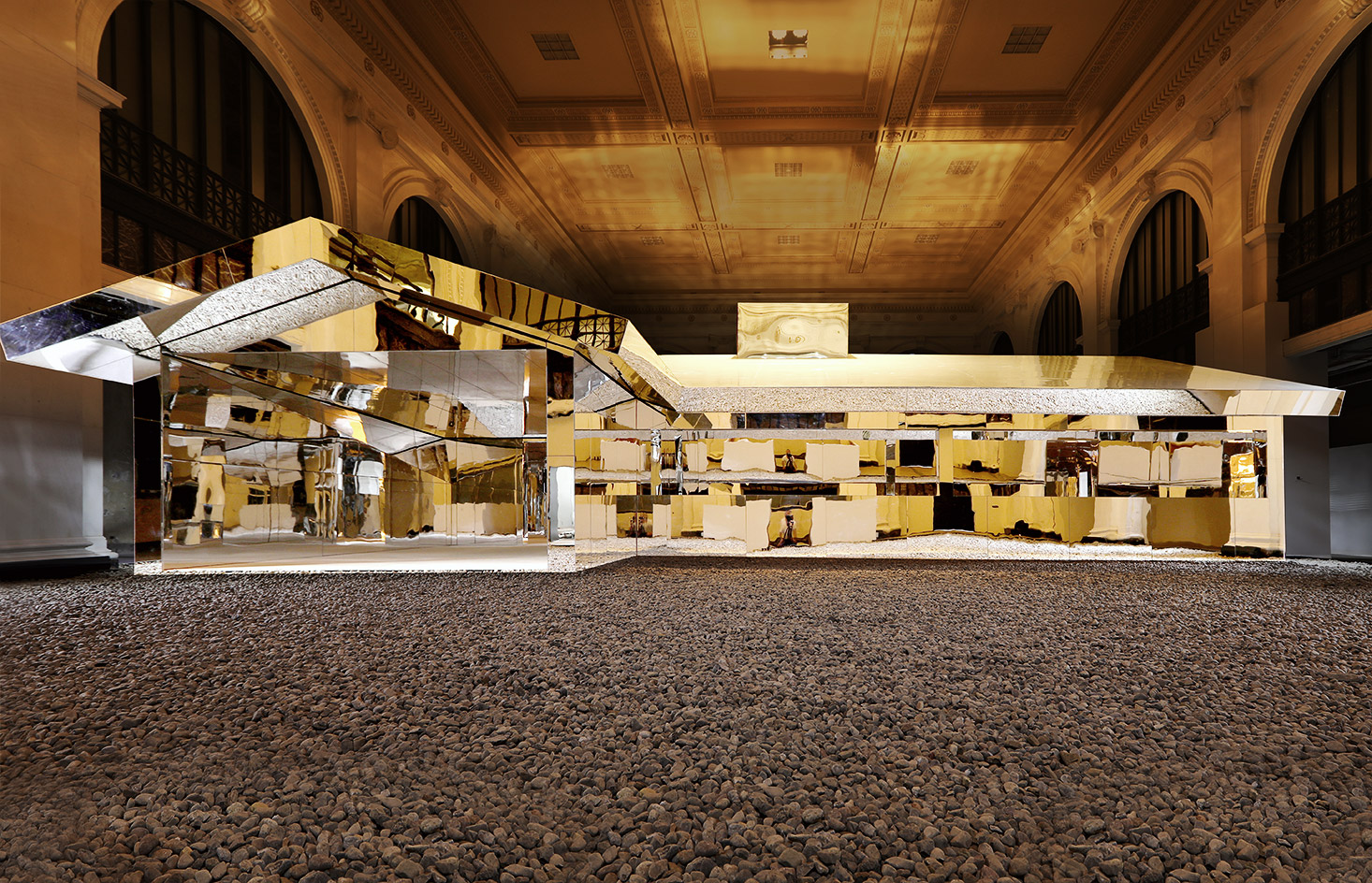
In cities like New York or Miami, the concept of unused space does not exist – anything inactive is demolished to make way for new developments. But until its fortunes reversed in the last ten years, Detroit sat in a state of arrested development for nearly five decades prior.
Sometimes the results are mightily entropic, as highlighted by ruins in the city’s more devastated areas; perhaps less visible to those outside Detroit are the soaring examples of architecture at the peak of wealth and industry, preserved in unparalleled beauty. All they lack is something to reflect their secret grandeur.
Enter artist Doug Aitken, renowned for his large-scale interventions that deal directly with the soul of natural and manmade spaces. Over the last year and a half, Aitken developed an ambitious plan to reprise Mirage – his 2017 work of land art installed as part of Desert X in Palm Springs – within the 70,000 sq ft interior space of the historic State Savings Bank, which has sat unoccupied in the midst of downtown Detroit for several decades.
‘I saw this [potential location] and I kind of stopped in my tracks – it was this space which was very elegant and minimal, and kind of frozen in time, almost crystallised,’ says Aitken. ‘I got out there as quickly as I could.’
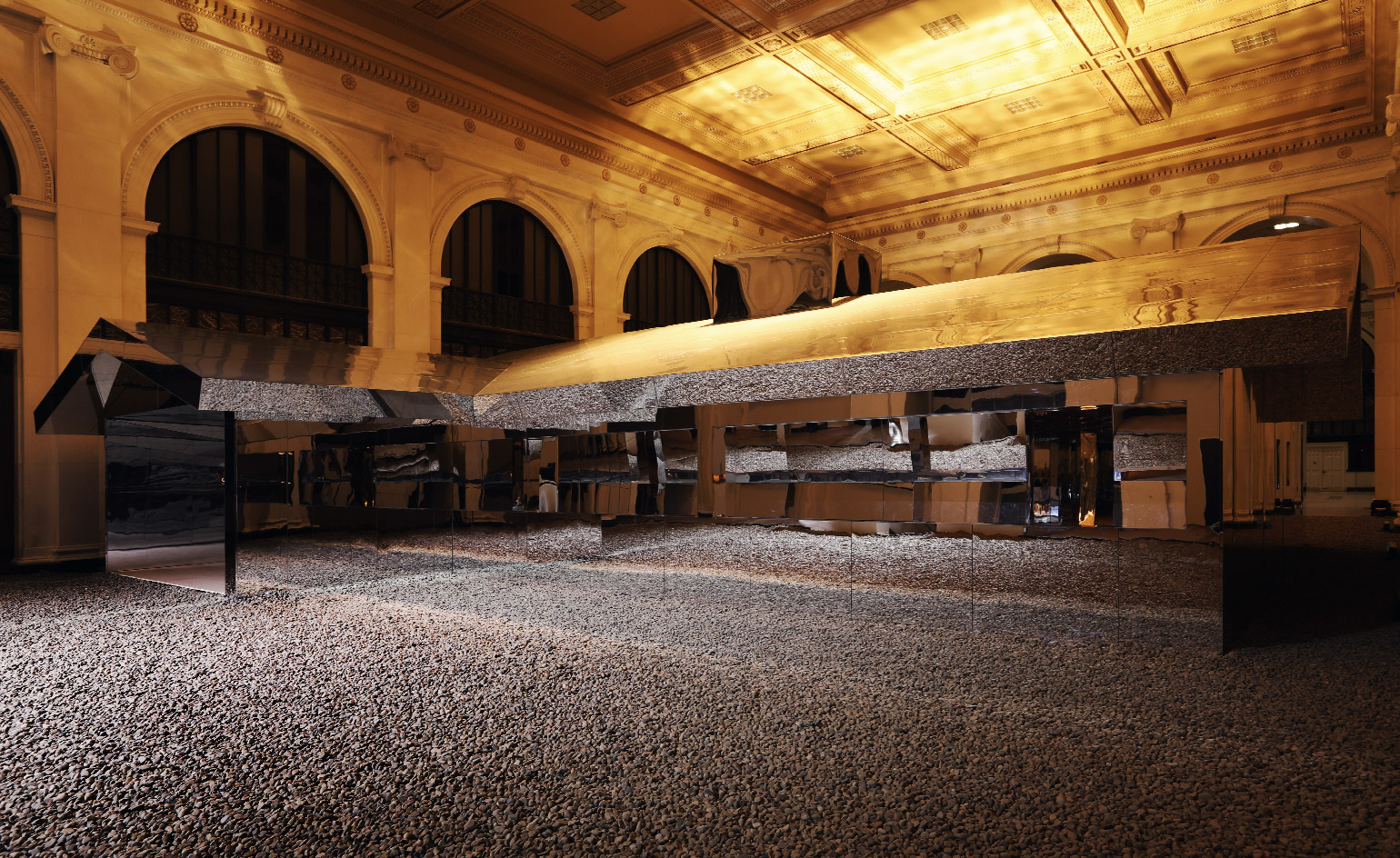
Courtesy of the artist and Library Street Collective
Mirage Detroit employs the same one-storey ranch house form as its predecessor, but where the mirrored surfaces of Mirage reflected upon the vastness of untamed desert landscape meeting the fringe of human development, the later iteration serves to bring to light the rich layers of history contained within the host structure — and by extension, the city of Detroit.
Creating this work within an environment lacking natural light of course required lighting as an additional consideration, and this is provided by lighting designer Andi Watson (well-known for his work with Radiohead). The ever-shifting lightscape illuminates and shadows different aspects of the installation, which is entirely set upon a bed of raw river rock indigenous to the region (and treacherous to impractical footwear, visitors be warned).
Aitken’s work echoes that of the nearby Mobile Homestead, artist Mike Kelley’s reinterpretation of his childhood ranch-style home in the Metro Detroit suburbs, and may hold, for Aitken, a similar effort to exorcise personal history. ‘My entire family is from Detroit – I’m actually the only person who’s not from there,’ said Aitken. ‘I only ever knew the stories and mythology of it, so this enables me to go back and spend time and immerse myself within the city, not just in a superficial way, but with the root system.’
The nature of Aitken’s work dictates that the viewer bring something of their own to the experience: it is impossible to approach Mirage Detroit without reflecting upon the surface, and therefore, reflecting upon both the personal and institutional memory of the surrounding space.
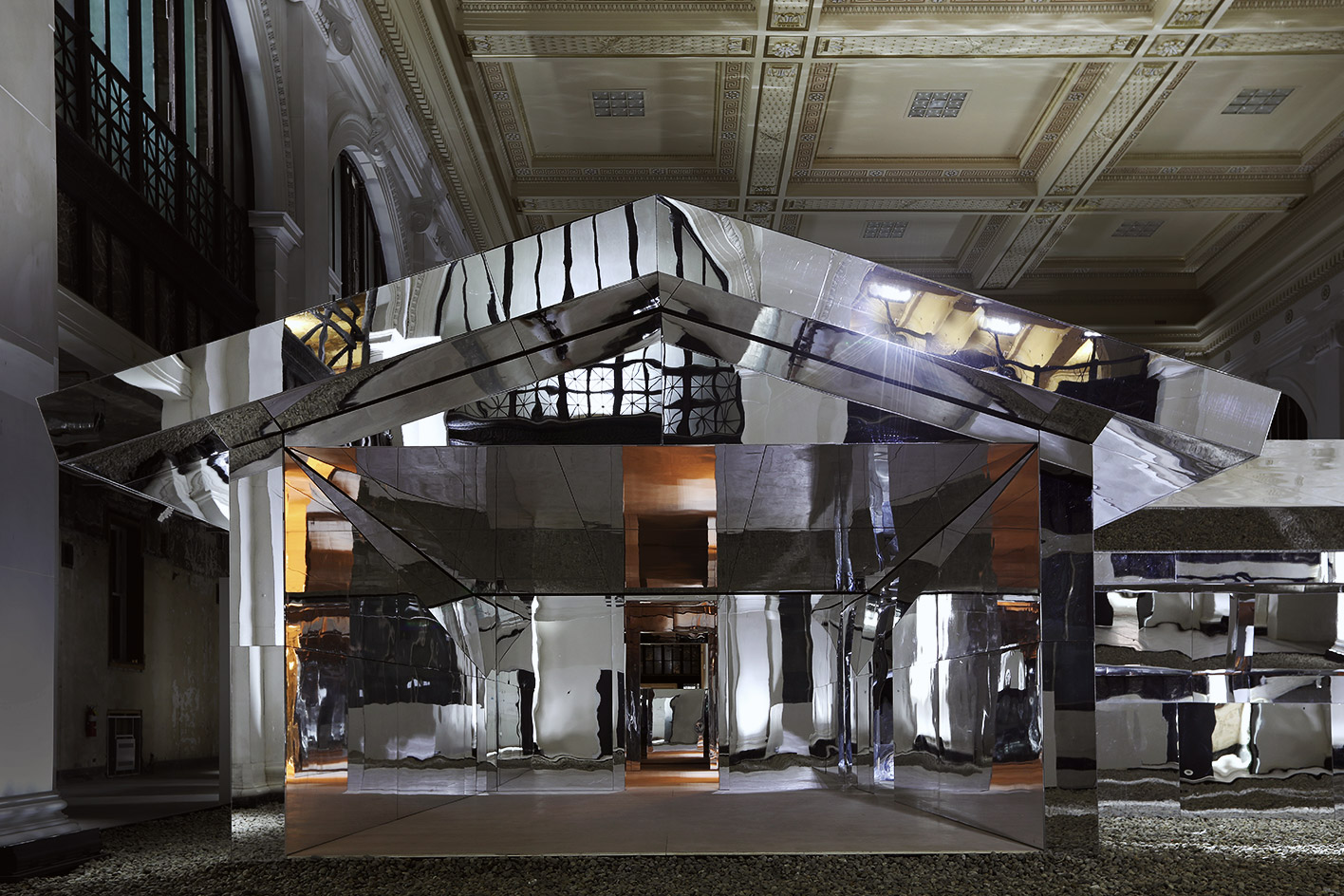
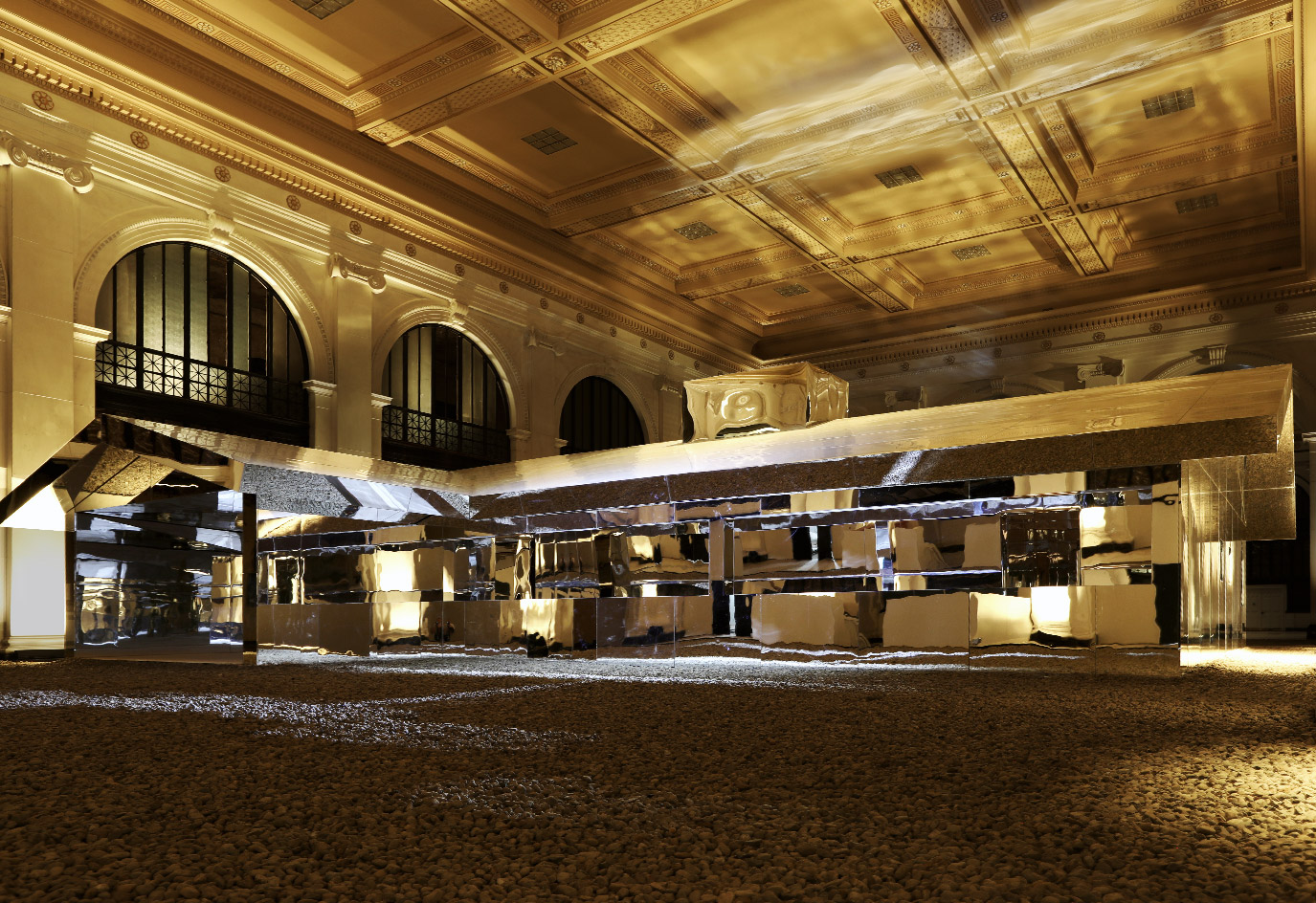
INFORMATION
For more information, visit the Doug Aitken Workshop website and the Library Street Collective website
ADDRESS
State Savings Bank
151 W Fort Street
Detroit
Receive our daily digest of inspiration, escapism and design stories from around the world direct to your inbox.
-
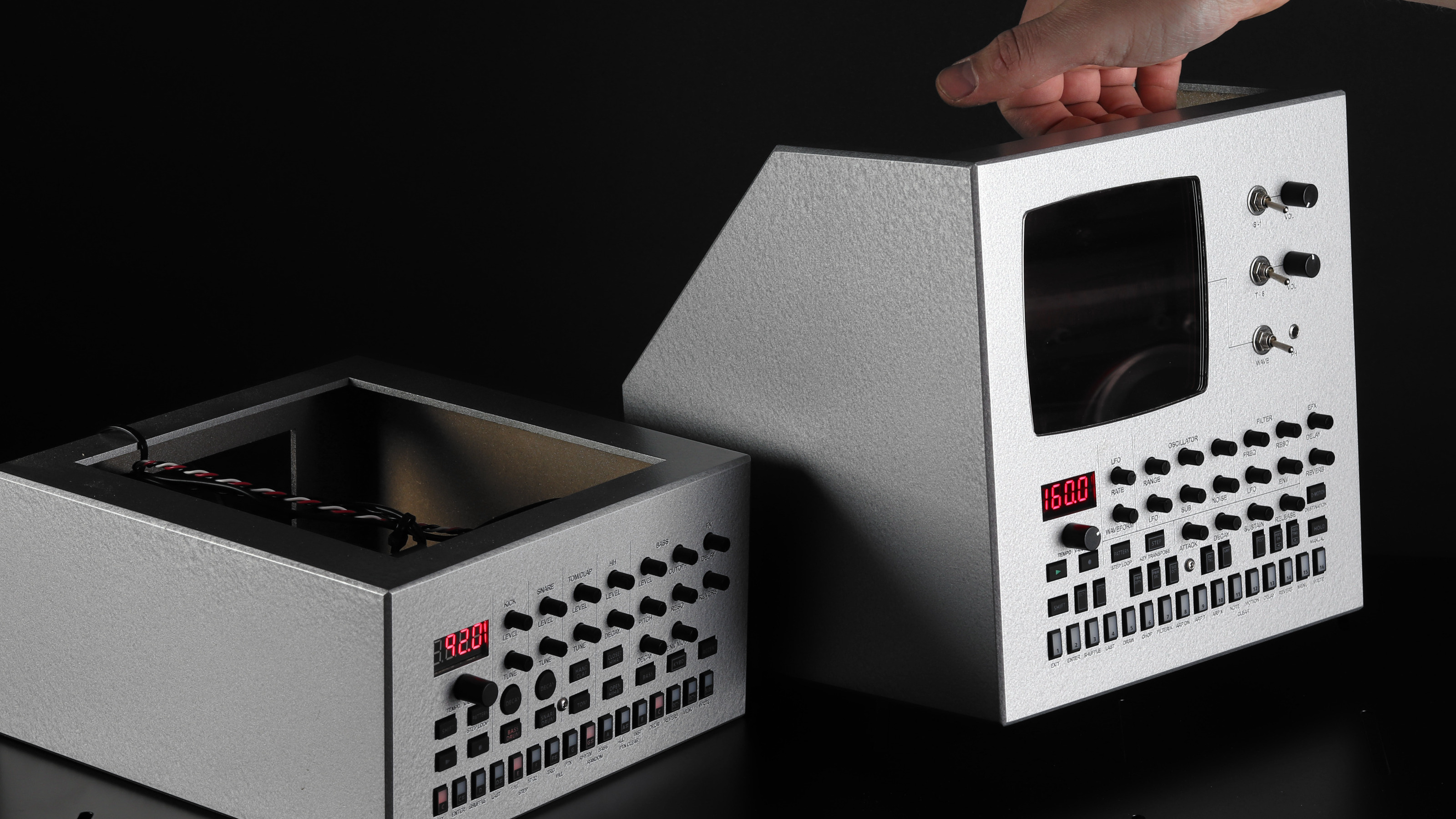 Year in Review: we’re always after innovations that interest us – here are ten of 2025’s best
Year in Review: we’re always after innovations that interest us – here are ten of 2025’s bestWe present ten pieces of tech that broke the mould in some way, from fresh takes on guitar design, new uses for old equipment and the world’s most retro smartwatch
-
 Art and culture editor Hannah Silver's top ten interviews of 2025
Art and culture editor Hannah Silver's top ten interviews of 2025Glitching, coding and painting: 2025 has been a bumper year for art and culture. Here, Art and culture editor Hannah Silver selects her favourite moments
-
 In Norway, remoteness becomes the new luxury
In Norway, remoteness becomes the new luxuryAcross islands and fjords, a new wave of design-led hideaways is elevating remoteness into a refined, elemental form of luxury
-
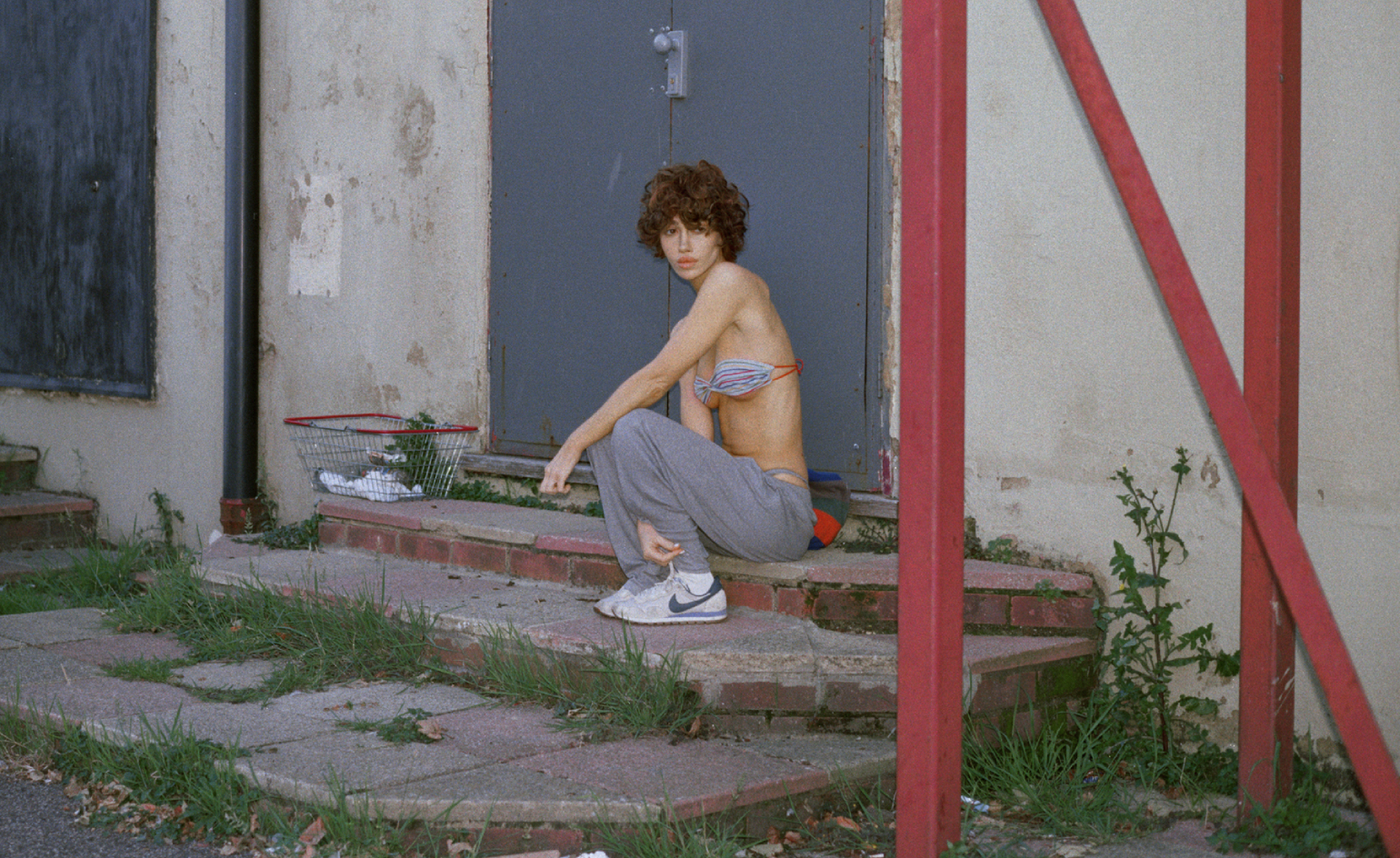 Nadia Lee Cohen distils a distant American memory into an unflinching new photo book
Nadia Lee Cohen distils a distant American memory into an unflinching new photo book‘Holy Ohio’ documents the British photographer and filmmaker’s personal journey as she reconnects with distant family and her earliest American memories
-
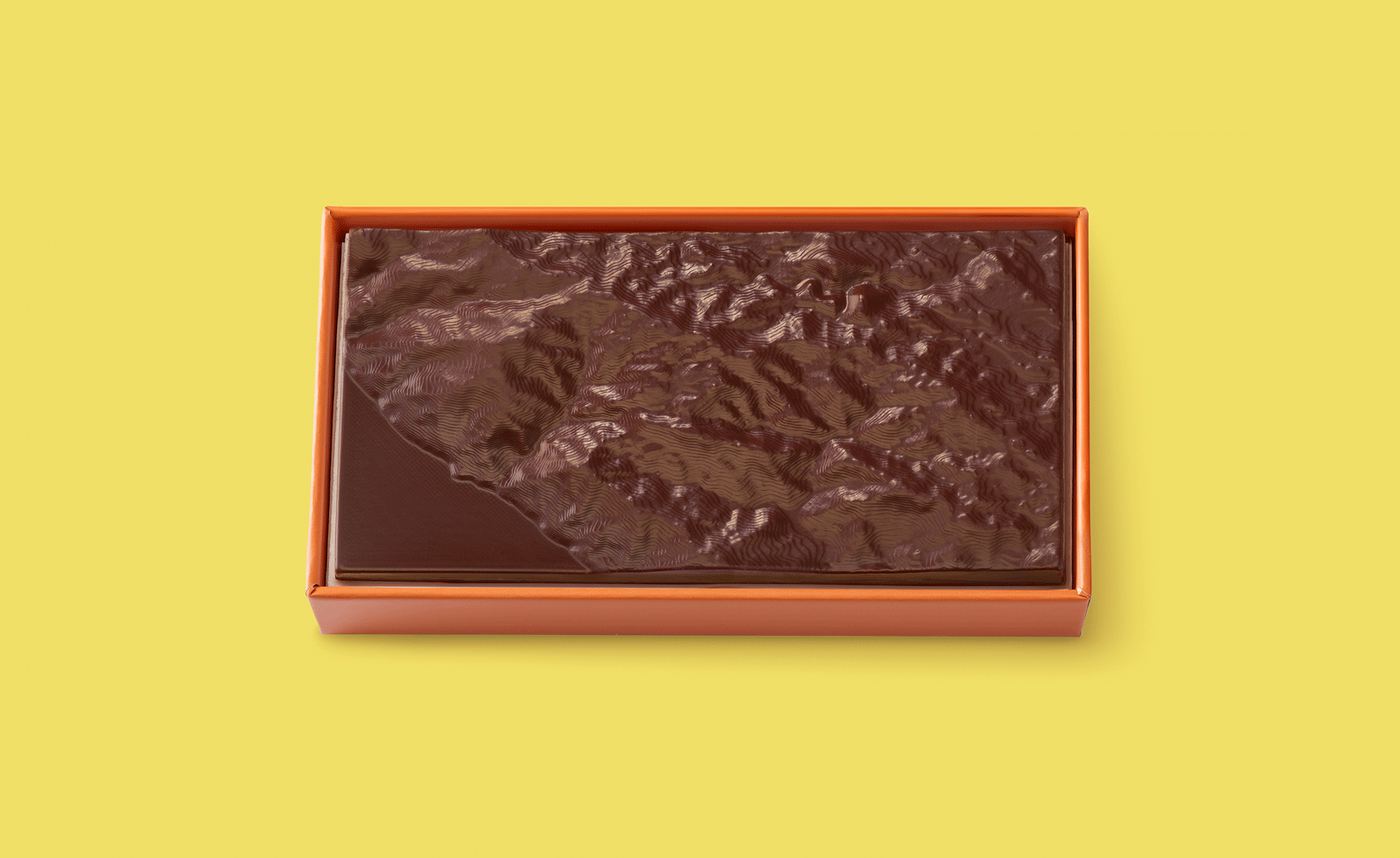 Ed Ruscha’s foray into chocolate is sweet, smart and very American
Ed Ruscha’s foray into chocolate is sweet, smart and very AmericanArt and chocolate combine deliciously in ‘Made in California’, a project from the artist with andSons Chocolatiers
-
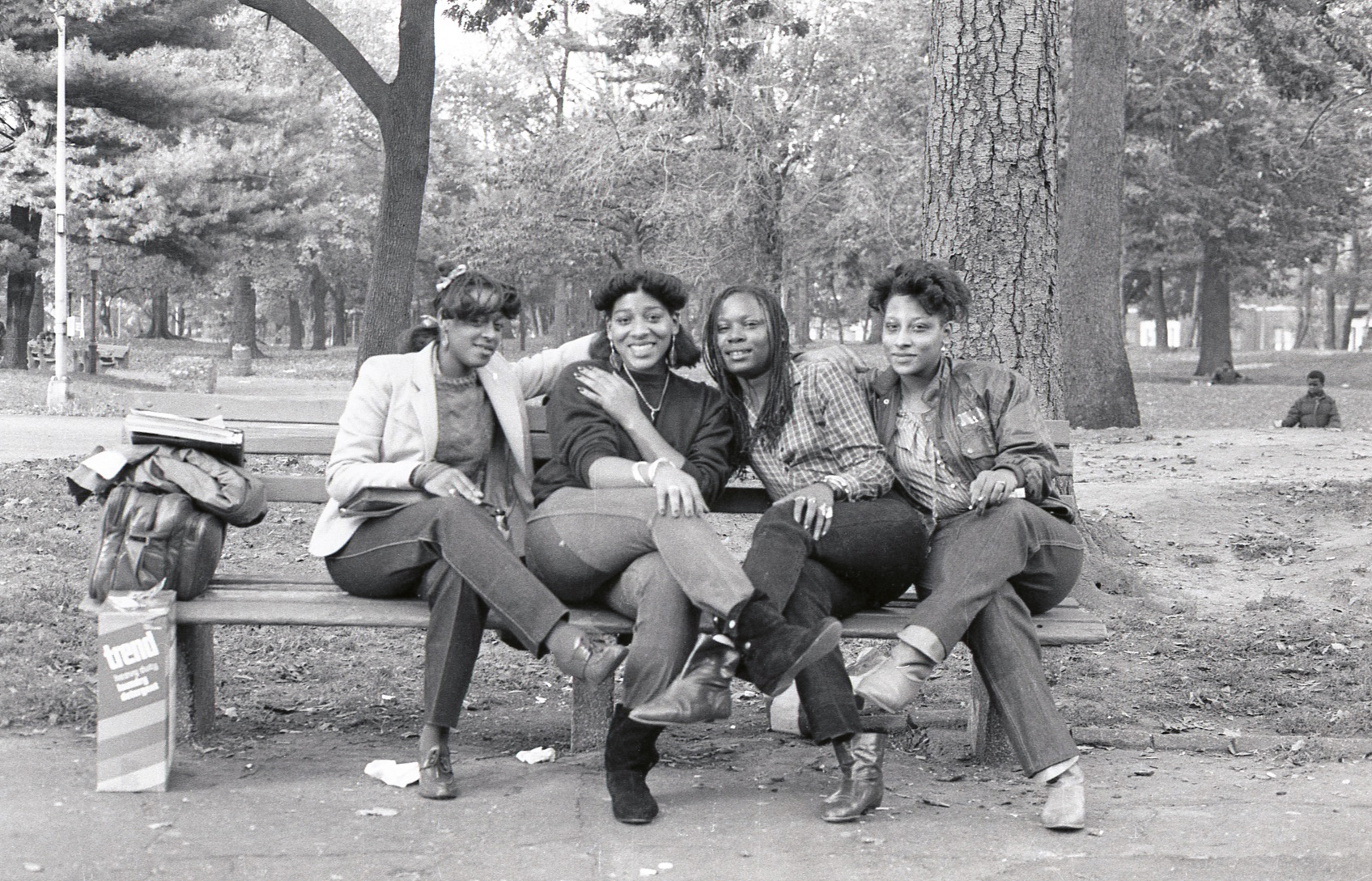 Jamel Shabazz’s photographs are a love letter to Prospect Park
Jamel Shabazz’s photographs are a love letter to Prospect ParkIn a new book, ‘Prospect Park: Photographs of a Brooklyn Oasis, 1980 to 2025’, Jamel Shabazz discovers a warmer side of human nature
-
 The Hammer Museum in Los Angeles launches the seventh iteration of its highly anticipated artist biennial
The Hammer Museum in Los Angeles launches the seventh iteration of its highly anticipated artist biennialOne of the gallery's flagship exhibitions, Made in LA showcases the breadth and depth of the city's contemporary art scene
-
 Thomas Prior’s photography captures the uncanny fragility of American life
Thomas Prior’s photography captures the uncanny fragility of American lifeA new book unites two decades of the photographer’s piercing, uneasy work
-
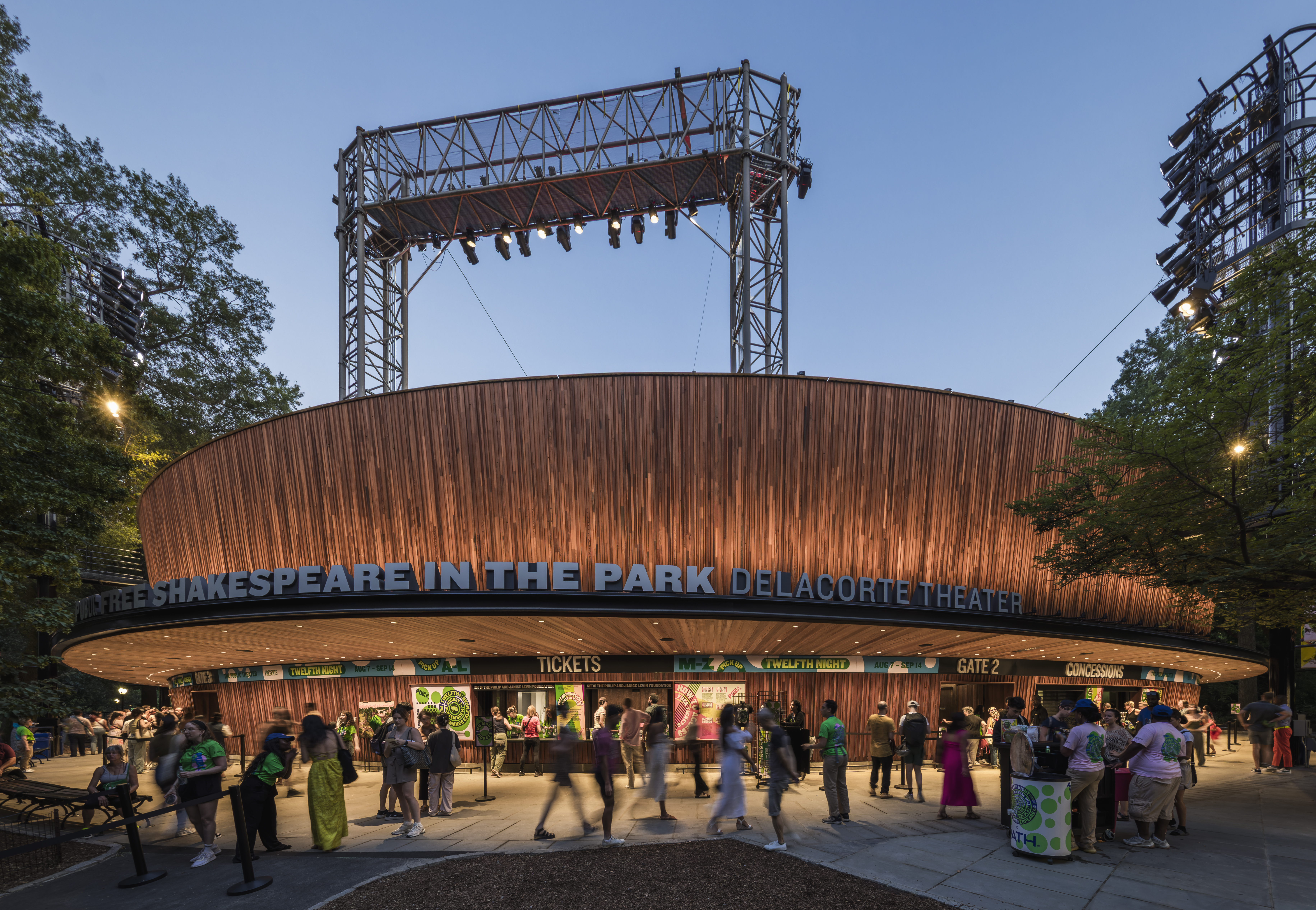 Central Park’s revitalised Delacorte Theater gears up for a new future
Central Park’s revitalised Delacorte Theater gears up for a new futureEnnead Architects helmed an ambitious renovation process that has given the New York City cultural landmark a vibrant and more accessible future
-
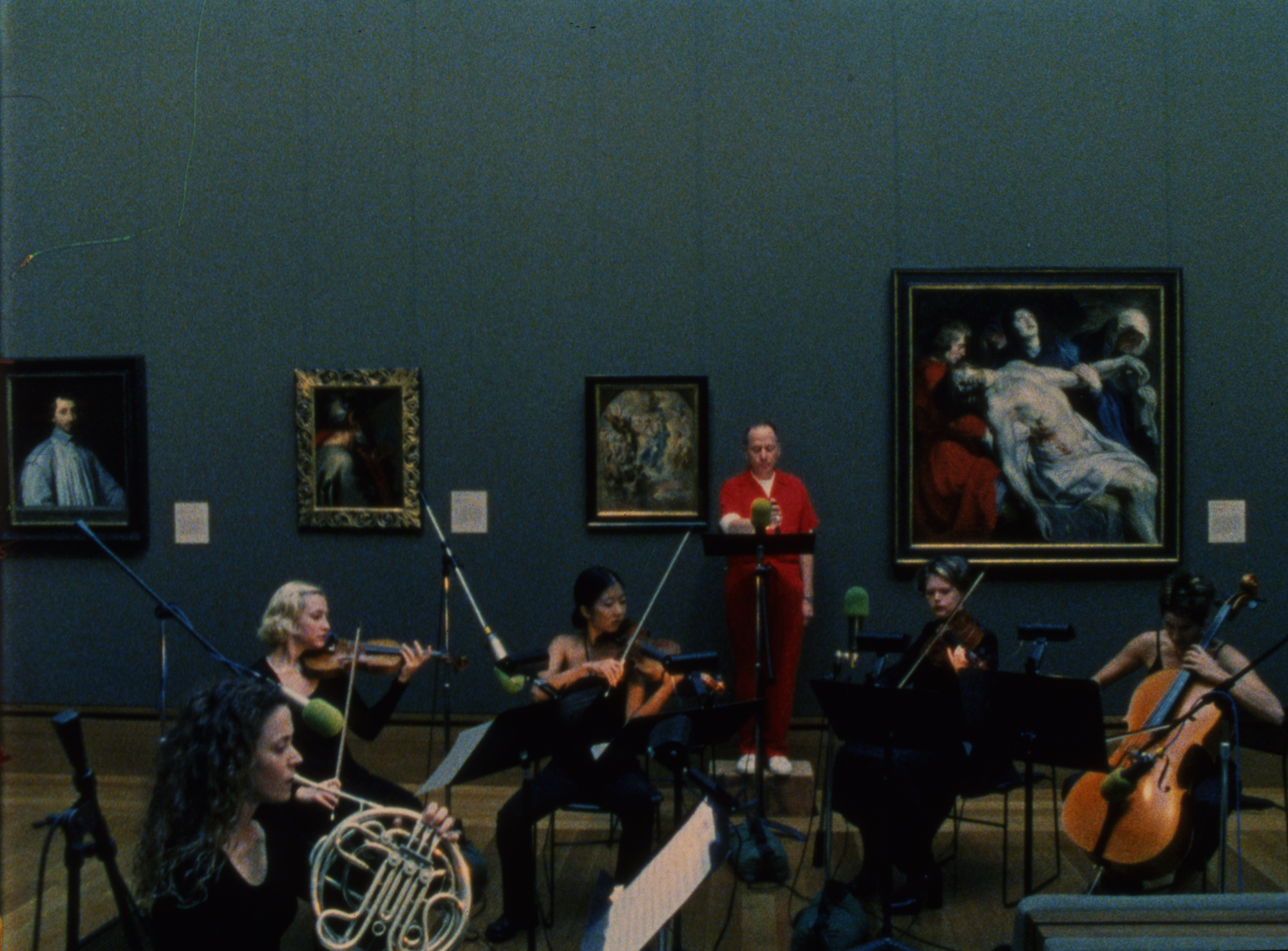 Stephen Prina borrows from pop, classical and modern music: now MoMA pays tribute to his performance work
Stephen Prina borrows from pop, classical and modern music: now MoMA pays tribute to his performance work‘Stephen Prina: A Lick and a Promise’ recalls the artist, musician, and composer’s performances, and is presented throughout MoMA. Prina tells us more
-
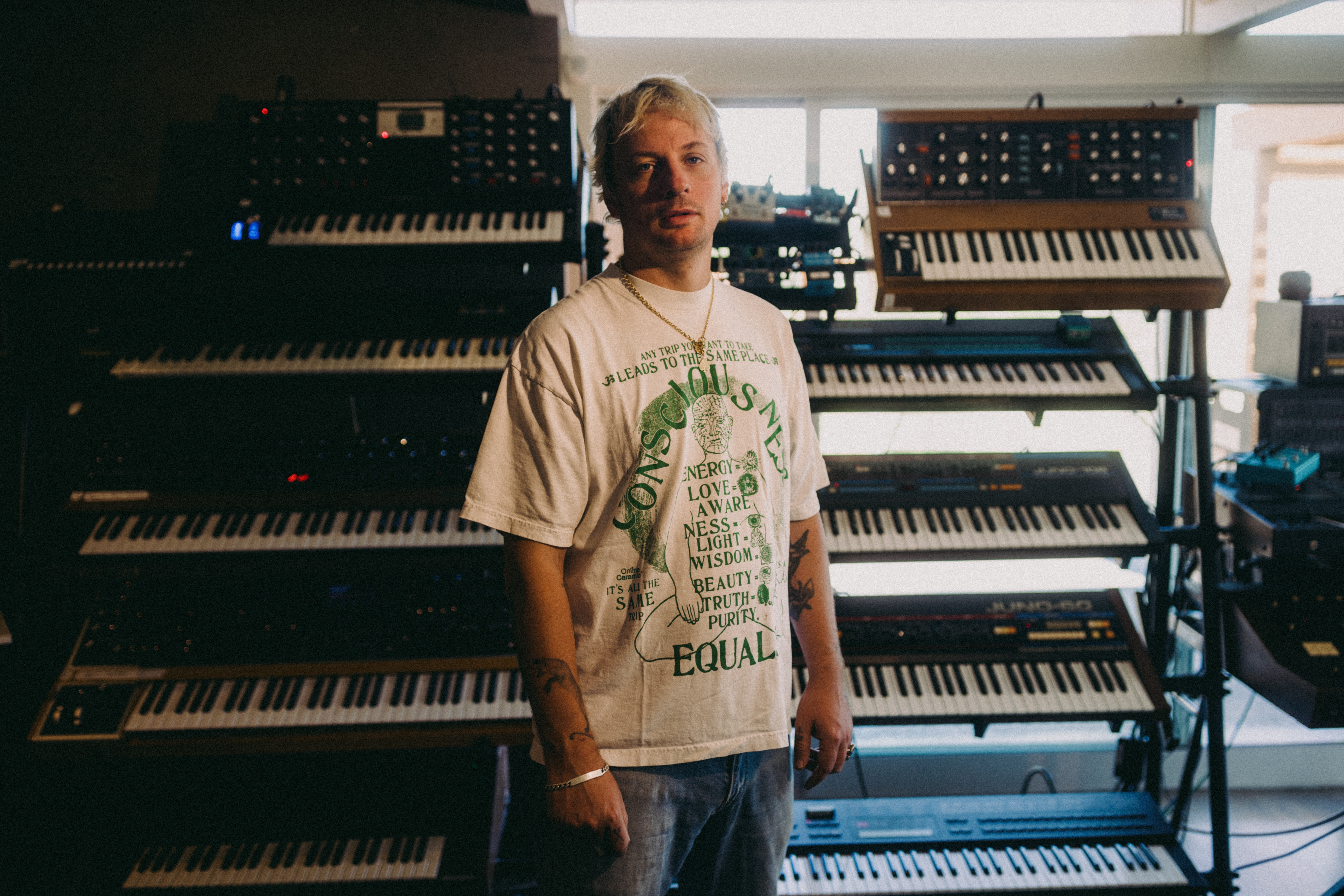 Curtains up, Kid Harpoon rethinks the sound of Broadway production ‘Art’
Curtains up, Kid Harpoon rethinks the sound of Broadway production ‘Art’He’s crafted hits with Harry Styles and Miley Cyrus; now songwriter and producer Kid Harpoon (aka Tom Hull) tells us about composing the music for the new, all-star Broadway revival of Yasmina Reza’s play ‘Art’